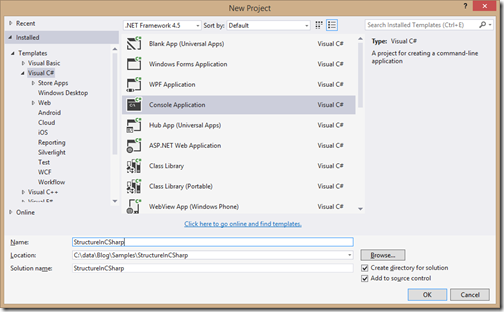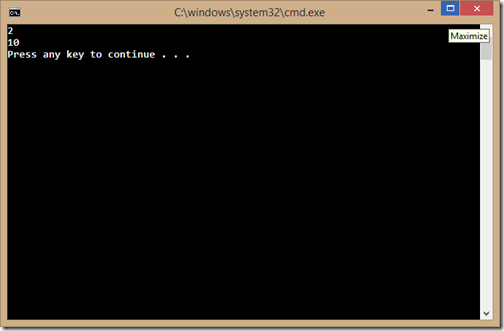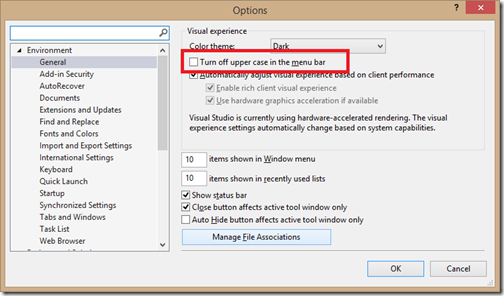Recently I have been playing with structure and It’s fun. In this blog post we are going to learn how we can use operator overloading with structure in C#. You can find my blog post that I have already written about structure at following location.
Structure in C#
Structure with constructor in C#
Structure with Interface in C#
So as usual I've created a console application to demonstrate operator overloading in C#. Here I have created a structure with equals operator overloading and following is a code for that.
Structure in C#
Structure with constructor in C#
Structure with Interface in C#
So as usual I've created a console application to demonstrate operator overloading in C#. Here I have created a structure with equals operator overloading and following is a code for that.






